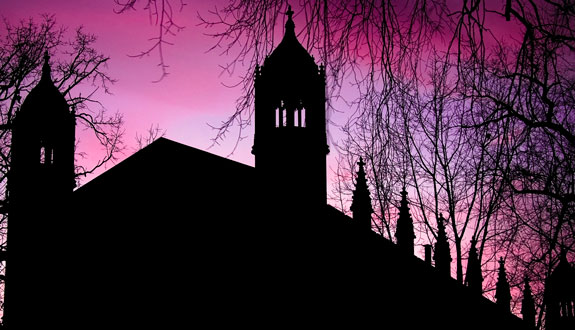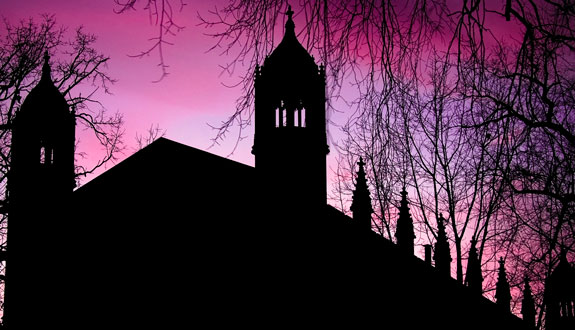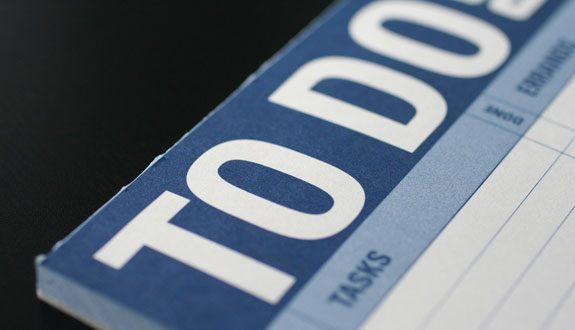
We’ve spent a lot of time on our LSAT blog analyzing how law students think the upcoming law school application cycle will play out. We’ve spent more time terrifying our readers with the knowledge of exactly how much debt they’re taking on and how long it’s going to take for them to pay it back.
Now for something completely different!
I wish I was writing an article about how each member of Monty Python would score on the LSAT (answer: very well).
Instead, let’s take a look at the final piece of the Blueprint LSAT prep survey puzzle: what sources are influencing the decisions of students in their choice of law school.
We gave students a list of six commonly-cited sources of pre-law information: LSAC/ABA, NALP, US News, Princeton Review, Kaplan, and ‘Other’. We then asked students to rank them from ‘most’ to ‘least’ helpful.
Unsurprisingly, the LSAC website and US News ranked at the top. What I found surprising, however, was that over twice as many cited LSAC’s website as more helpful in their research than US News. Another surprising fact was the relatively high ranking of NALP, though hopefully this reflects more sophistication in researching career opportunities.
Here’s my explanation for the results:
The LSAC website has a ton of info about school medians for LSAT and GPA, as well as info about the schools themselves. US News is most well-known for their rankings. However, US News provides quite a bit of extra information about each law school on their site. It’s behind a pay filter, however, which makes it significantly harder to access. I think most students are using the rankings from US News (which are available for free on their website) and then switching over to LSAC for the rest of the information US News provides (smart, since most of it is of public record).
When considering this information, however, what is it that students are looking at? While US News ranking came in at third place, Prestige/Selectivity came in at number one. As the rankings have a large amount to do with perceived prestige, I believe there’s some overlap there.
What’s great to see are the large numbers next to Location (168 out of 536 ranked it first) and Percentage of Employed Graduates (149). For law schools that don’t have the national prestige, a strong, local alumni network is the best way to find employment. And the fact that students are thinking about job prospects is always a good thing.
However, this information makes it even more important that an independent body take over the reporting of employment after graduation. As it stands, these numbers can be inflated in a number of ways. Some law schools count anyone who is employed, even if the job doesn’t require a JD. Others hire graduates to inflate their stats. And still others only contact graduates who they know have found employment. With this information playing such a large role in such a large decision, it’s extremely important to have accurate information available.
Almost as important as making sure you’re always carrying a big fish.




